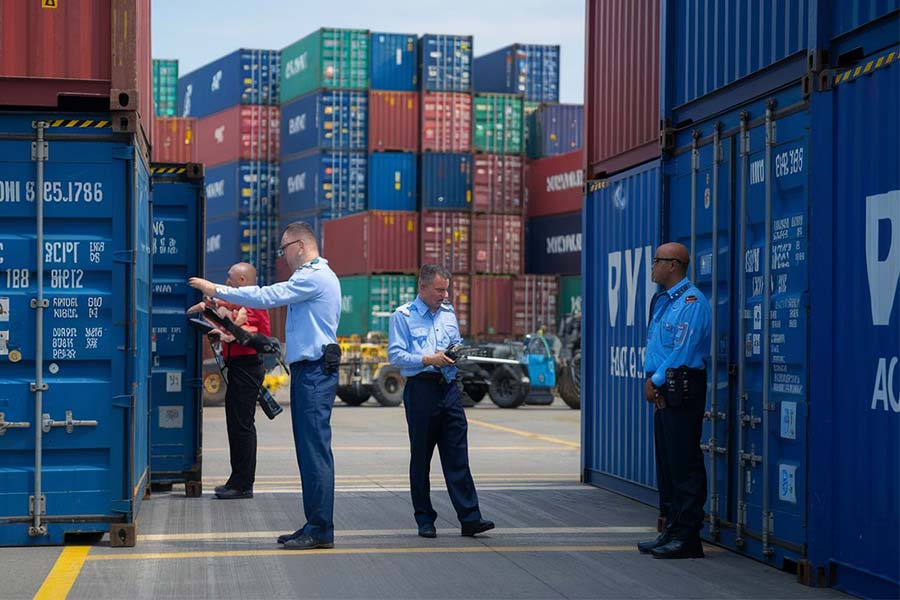
What are the considerations for export tax rebates?
According to the latest 2025 Value-Added Tax Management Measures for Cross-Border Taxable Services, software exports involve three main tax categories:
- Value Added Tax: Exempt from VAT in the export process, but the nature of the transaction needs to be distinguished
- Pure software license transfers are subject to a zero tax rate
- Mixed sales with technical services require split taxation
- The Customs: Determined based on customs HS code classification
- Physical carriers (such as CDs) are taxed under electronic carrier categories
- Digital transmission forms are currently exempt from tariffs
- Corporate income tax: Included in taxable income based on software sales revenue
- High-tech enterprises can enjoy a preferential tax rate of 15%
- The policy for reducing and exempting technology export income has been extended to 2027
Regionalization + Customization
The immediate refund policy continued in 2025 requires:
- Declaration of materials:
- Software copyright registration certificate
- Cross-border service contract filing certificate
- Foreign exchange receipt (Foreign Exchange Administration verification form)
- Refund conditions:
- Self-developed software ratio ≥ 70%
- Export contract amount ≥ $100,000
- Foreign exchange receipt time does not exceed 6 months as agreed in the contract
- Operation process:
- Complete the customs single window declaration
- Submit the Cross-Border Taxable Service Tax Exemption Application Form,
- Handle tax refund filing through the electronic tax bureau
Adopting the China-Europe Railway + Overseas Warehouse model reduces average delivery time to 18 days
Actual cases show that the following factors often trigger tariff disputes:
- HS code classification:
- Tax rate differences between system software (8523.49) and application software (8523.41)
- Customized software may be classified under information technology service categories
- Transaction mode determination:
- Subscription services may be considered as royalty fees
- Tariff treatment differences between cloud deployment and local deployment
- Proof of Origin:
- Preferential tax rates under free trade agreements
- Complete development process proof materials need to be provided
), view complete customs declaration data through the enterprise customs declaration query module
It is recommended that enterprises establish a three - tier risk control mechanism:
- Pre-planning:
- Complete tax impact assessment before contract signing
- Clarify software delivery methods and technical service proportions
- Monitoring of the matter.:
- Consistency check between cross-border payment vouchers and contract terms
- Regularly update the country tax policy database
- Subsequent audit:
- Retain complete R&D cost collection records
- Prepare transfer pricing documents for tax audits
V. Common Misconceptions in Software Export Taxation
According to customs audit cases in 2025, pay special attention to:
- Misunderstanding 1: All digital products are tax-free
- Need to distinguish between product form and service essence
- Some countries have started to levy digital service taxes
- Misunderstanding 2: Refund amount = input tax amount
- Actually calculated based on FOB price × refund rate
- Service outsourcing fees are non-deductible
- Misunderstanding 3: All R&D expenses can be additionally deducted
- Must comply with the Pre-Tax Deduction Management Measures for R&D Expenses,
- Overseas R&D expenses require special filing


 Follow Customer Service WeChat
Follow Customer Service WeChat